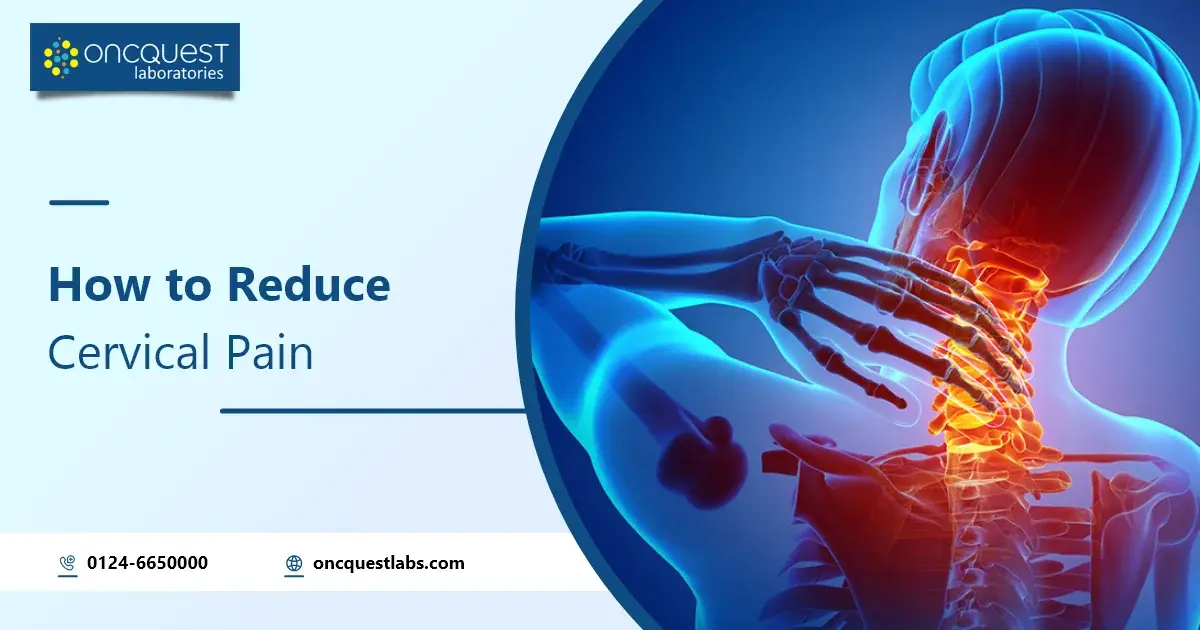Cervical pain, often associated with discomfort and stiffness in the neck, can significantly impact daily life. Whether it’s caused by poor posture, muscle strain, or other factors, finding relief is crucial. Here are some practical strategies to reduce cervical pain and improve overall neck health.
10 Tips to Reduce Cervical Pain
- Maintain Proper Posture: cGood posture is essential for neck health. Ensure your computer monitor is at eye level, sit up straight, and avoid slouching to reduce strain on the cervical spine.
- Regular Neck Exercises: Incorporate gentle neck exercises into your routine, such as neck tilts, rotations, and stretches. These can help improve flexibility and reduce tension in the neck muscles.
- Stay Hydrated: Dehydration can contribute to muscle stiffness. Stay adequately hydrated throughout the day to keep your muscles and discs well-hydrated and functioning properly.
- Ergonomic Workspace: If you have a desk job, invest in an ergonomic chair and arrange your workspace to minimize strain on your neck and shoulders. Take breaks to stretch and move around.
- Use Supportive Pillows: Ensure that your pillows provide proper support for your neck while sleeping. The goal is to maintain a neutral spine position during sleep to prevent unnecessary strain.
- Heat and Cold Therapy: Apply a hot or cold compress to the affected area. Heat can help relax tense muscles, while cold packs can reduce inflammation. Use them alternately for the best results.
- Mindful Stretching: Incorporate activities like yoga or Pilates into your routine. These exercises promote flexibility and strengthen the muscles that support your neck.
- Manage Stress: Stress can exacerbate cervical pain. Practice stress-reducing techniques such as deep breathing, meditation, or mindfulness to keep stress levels in check.
- Avoid Prolonged Screen Time: Limit the time spent looking down at your phone or computer screen. Adjust screen height to eye level to reduce strain on the neck.
- Professional Consultation: If the pain persists, consult with a healthcare professional. They can assess your situation, provide tailored advice, and recommend additional treatments such as physical therapy or chiropractic care.
Conclusion
Taking proactive steps to reduce cervical pain is essential for maintaining a healthy neck and overall well-being. By incorporating these strategies into your daily routine, you can alleviate discomfort and promote long-term neck health. Remember to listen to your body and seek professional guidance if needed.





